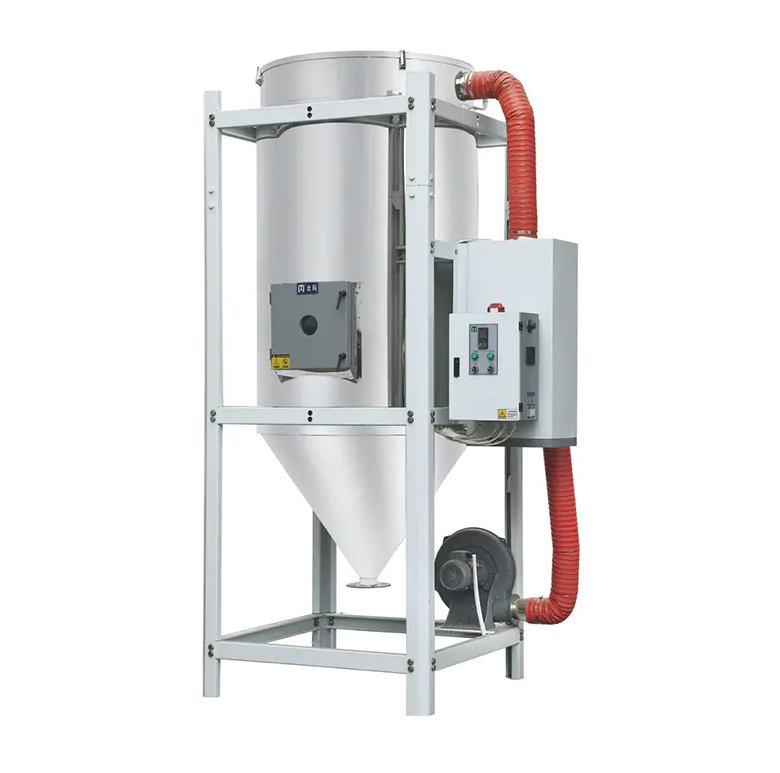The Role of Dehumidifier Dryers in Preventing Mold and Maintaining Healthy Indoor Environments

Mold growth is a common problem in environments where excess moisture accumulates, posing risks to health, property, and overall indoor air quality. Many people wonder if using a dehumidifier dryer can effectively prevent mold from developing. The short answer is yes—when used properly, these devices can play a significant role in controlling the conditions that promote mold growth.
Mold spores are naturally present in the air, but they require certain conditions to thrive, mainly moisture and warmth. When humidity levels rise above 60%, the risk of mold development increases significantly. A dehumidifier dryer works by removing excess moisture from the air, thereby reducing the relative humidity and creating an environment that is less hospitable to mold spores.
By maintaining indoor humidity at recommended levels—typically between 30% and 50%—a dehumidifier dryer can help prevent the damp conditions mold needs to grow. This is especially important in areas prone to high humidity, such as basements, bathrooms, kitchens, and laundry rooms, where moisture buildup is common.
However, it is important to note that a dehumidifier dryer alone does not eliminate mold that is already present. It primarily acts as a preventative measure by controlling humidity and keeping the air dry. For spaces where mold has already formed, cleaning and remediation are necessary to remove existing colonies. Afterward, continued use of a dehumidifier dryer can help prevent mold recurrence.
The effectiveness of a dehumidifier dryer in preventing mold also depends on proper sizing and placement. A unit that is too small or poorly positioned may not adequately reduce humidity throughout the space. Regular maintenance, such as cleaning filters and emptying water tanks, is crucial to ensure optimal performance.
In addition to reducing moisture, many modern dehumidifier dryers come equipped with features like built-in hygrometers and automatic shut-off when target humidity levels are reached. These functions help maintain consistent moisture control without excessive energy use.
While dehumidifier dryers significantly reduce the risk of mold by managing indoor moisture, they should be part of a broader strategy to prevent mold growth. Good ventilation, timely repairs of leaks, and controlling sources of moisture all contribute to a healthier indoor environment.
In conclusion, a dehumidifier dryer is an effective tool in preventing mold growth by maintaining appropriate humidity levels and reducing moisture. When combined with good housekeeping and maintenance practices, it helps protect both health and property from the adverse effects of mold.
A P.I.D. temperature control system has been adopted, featuring displays of regeneration temperature and actual temperature.
A double-condenser is adopted, ensuring a low temperature of recycled air and a low dew point.
Dew-point up to -40°C, lower dew-point available with enhanced configuration.
PLC control and LCD touch screen control are available.
Dew-point meter to supervise the dehumidifying effect (optional).
Small footprint, easy to move.
- Art
- Causes
- Crafts
- Dance
- Drinks
- Film
- Fitness
- Food
- Games
- Gardening
- Health
- Home
- Literature
- Music
- Networking
- Other
- Party
- Religion
- Shopping
- Sports
- Theater
- Wellness


